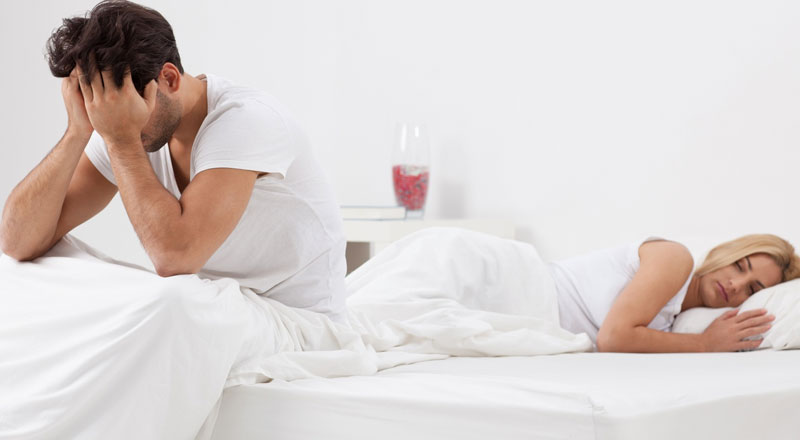The findings of the National Family Health Survey 5 (NFHS-5) is out and it does not paint a picture of women empowerment. While less than a third (32 per cent) of married women are working, 44 per cent of women are not even being allowed to go to the market alone.
The findings show that 82 per cent of women in India can refuse to engage in sex with their husbands.
“More than four in five women (82 per cent) can say no to their husband if they do not want to have sexual intercourse. Women are most likely to be able to say no in Goa (92 per cent) and least likely to be able to say no in Arunachal Pradesh (63 per cent) and Jammu & Kashmir (65 per cent),” states the NFHS-5 report.
The report was released last week by Union Health Minister Mansukh Mandaviya. It was conducted in two phases — Phase-I from 17 June 2019 to 30 January 2020 covering 17 states and 5 UTs, and Phase-II from 2 January 2020 to 30 April 2021 covering 11 states and 3 UTs.
The report further states that marital rape is an exception to the definition of ‘rape’ under the Indian Penal Code (IPC), and means that a man forcing himself on his wife aged above 18 years cannot be prosecuted. However, the findings show that there is a gradual change in the attitudes of both partners in a marriage.
The survey has found the rate of employment among married women to be at 32 per cent, a marginal rise from the 31 per cent recorded in NFHS-4 survey which reflected the situation in 2015-16. Of the married women employed, 15 per cent are not even paid, and 14 per cent do not have a say over how the money they earn is spent.
“In India, only 32 per cent of currently married women aged 15-49 are employed, compared with 98 per cent of currently married men aged 15-49,” it states.
“Among employed women, 83 per cent earn cash, including 8 per cent whose earnings are in both cash and in kind. Fifteen per cent of employed women are not paid for the work they do. By comparison, 95 per cent of employed men earn cash, and 4 per cent do not receive any payment for their work,” it reveals.
The survey further found that 56 per cent women are allowed to go to the market alone, 52 per cent to a health facility, and 50 per cent to places outside the village or community. Overall, only 42 per cent women in India are allowed to go to all three places alone and 5 per cent are not allowed to go alone to either of the three places.
“The proportion of women who report freedom of movement varies greatly by state. In Himachal Pradesh, 82 per cent of women are allowed to go alone to all three places, compared with only 2 per cent in Lakshadweep, 15 per cent in Kerala, and less than one-third in Goa, Odisha, Manipur, Nagaland, and Karnataka,” the NFHS-5 report reads.





